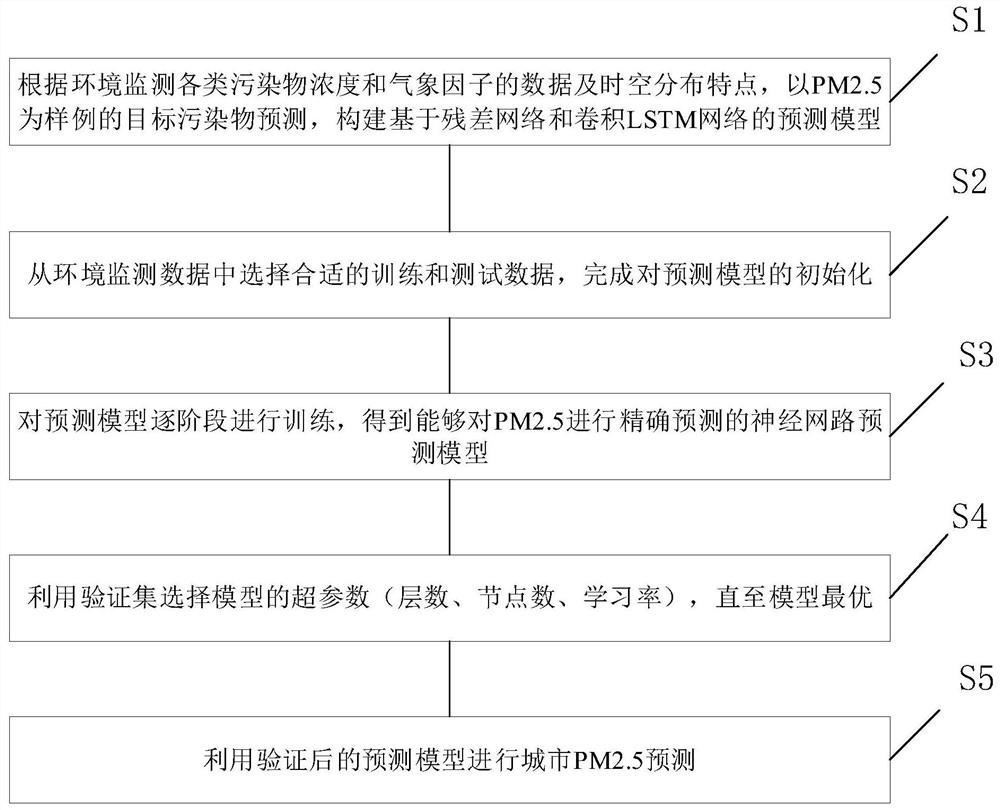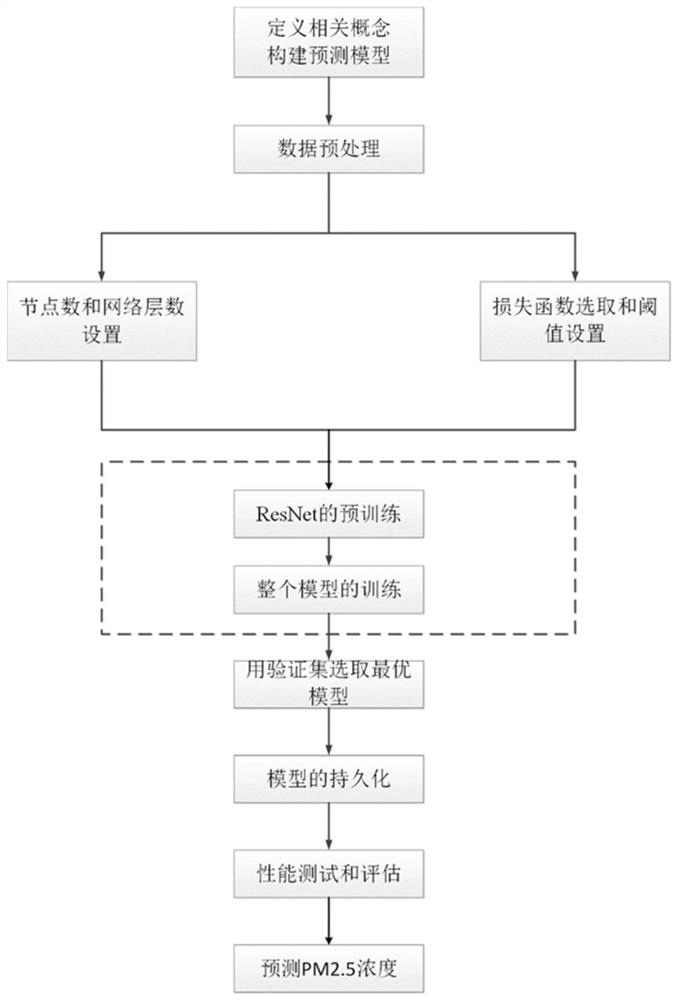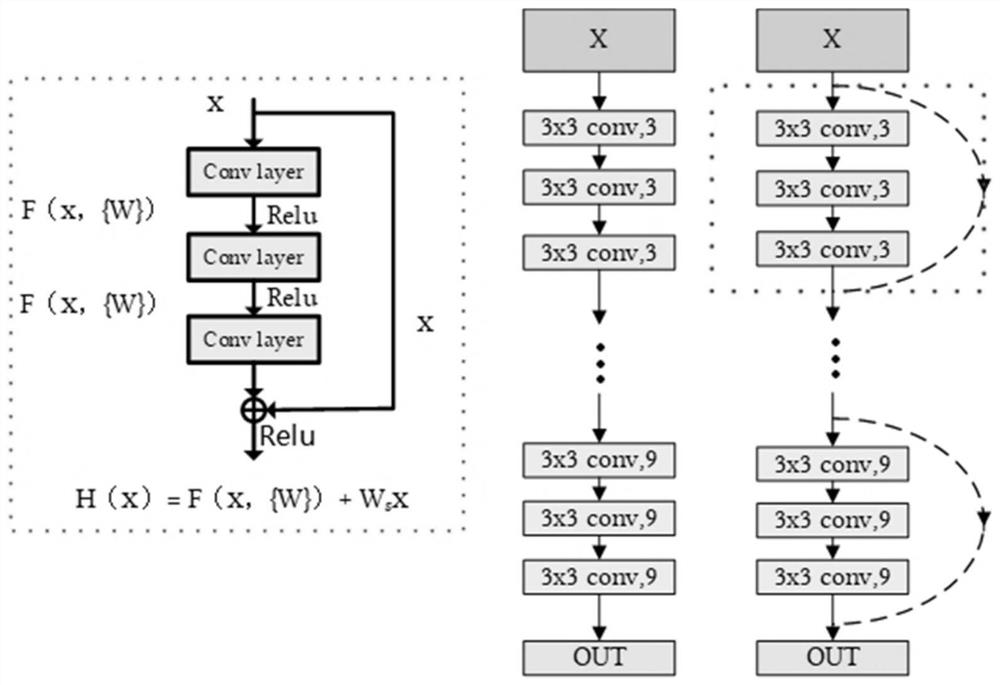Time-Space Domain Correlation Prediction Method of Air Pollutant Concentration
A technology for air pollutants and pollutant concentrations, which is used in forecasting, biological neural network models, data processing applications, etc. To achieve the effect of predicting the concentration of air pollutants in the target city, avoiding the problem of gradient disappearance or gradient explosion, and avoiding the problem of gradient disappearance
- Summary
- Abstract
- Description
- Claims
- Application Information
AI Technical Summary
Problems solved by technology
Method used
Image
Examples
Embodiment Construction
[0044] The present invention will be described in detail below in conjunction with the accompanying drawings and specific embodiments. This embodiment is carried out on the premise of the technical solution of the present invention, and detailed implementation and specific operation process are given, but the protection scope of the present invention is not limited to the following embodiments.
[0045] This application first defines the air pollutant concentration prediction:
[0046] Definition 1 Prediction of air pollutant concentration: mainly through historical pollutants and meteorological information, to predict the concentration of a series of air pollution such as PM2.5 and PM10 in a certain period of time in the future. It is one of the key research topics, so it has certain interdisciplinary nature.
[0047] Definition 2. Traditional prediction methods: non-deep learning air pollutant concentration prediction methods are collectively referred to as traditional pred...
PUM
 Login to View More
Login to View More Abstract
Description
Claims
Application Information
 Login to View More
Login to View More - R&D Engineer
- R&D Manager
- IP Professional
- Industry Leading Data Capabilities
- Powerful AI technology
- Patent DNA Extraction
Browse by: Latest US Patents, China's latest patents, Technical Efficacy Thesaurus, Application Domain, Technology Topic, Popular Technical Reports.
© 2024 PatSnap. All rights reserved.Legal|Privacy policy|Modern Slavery Act Transparency Statement|Sitemap|About US| Contact US: help@patsnap.com










